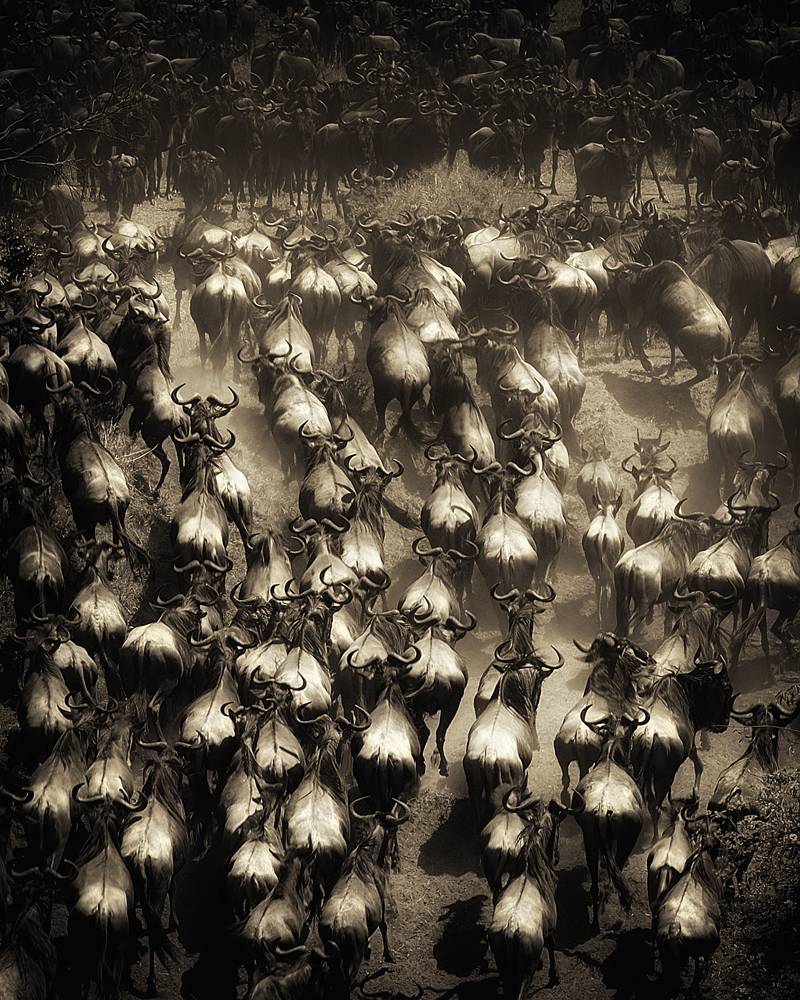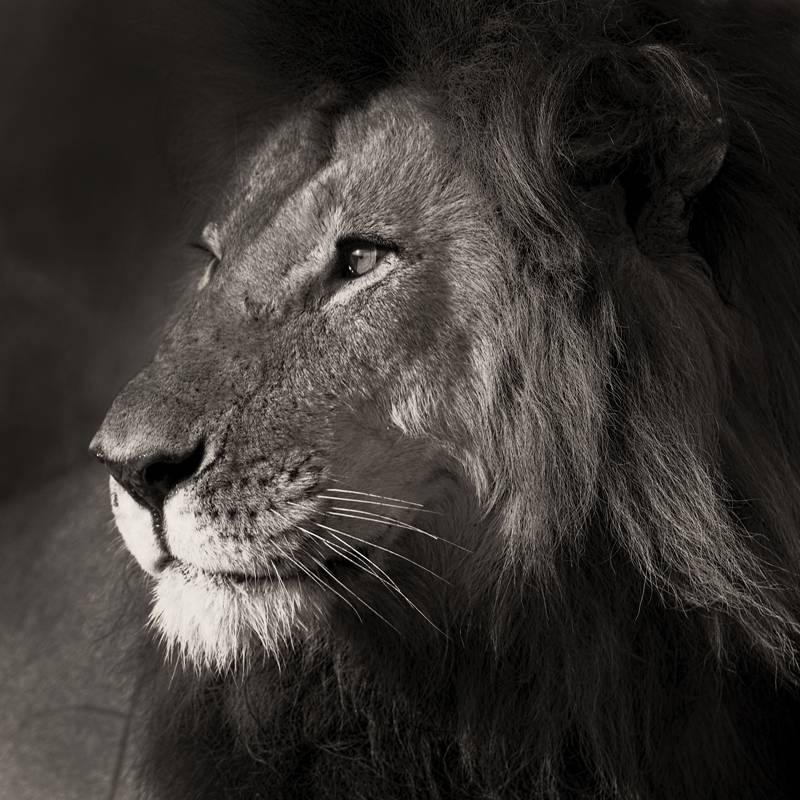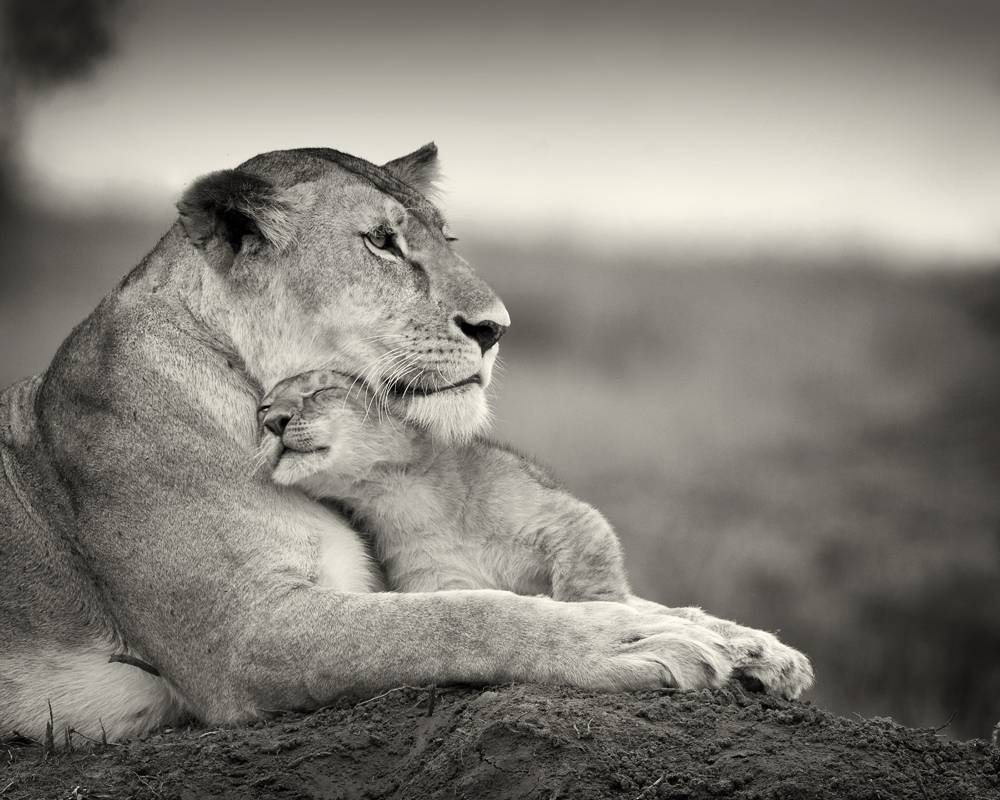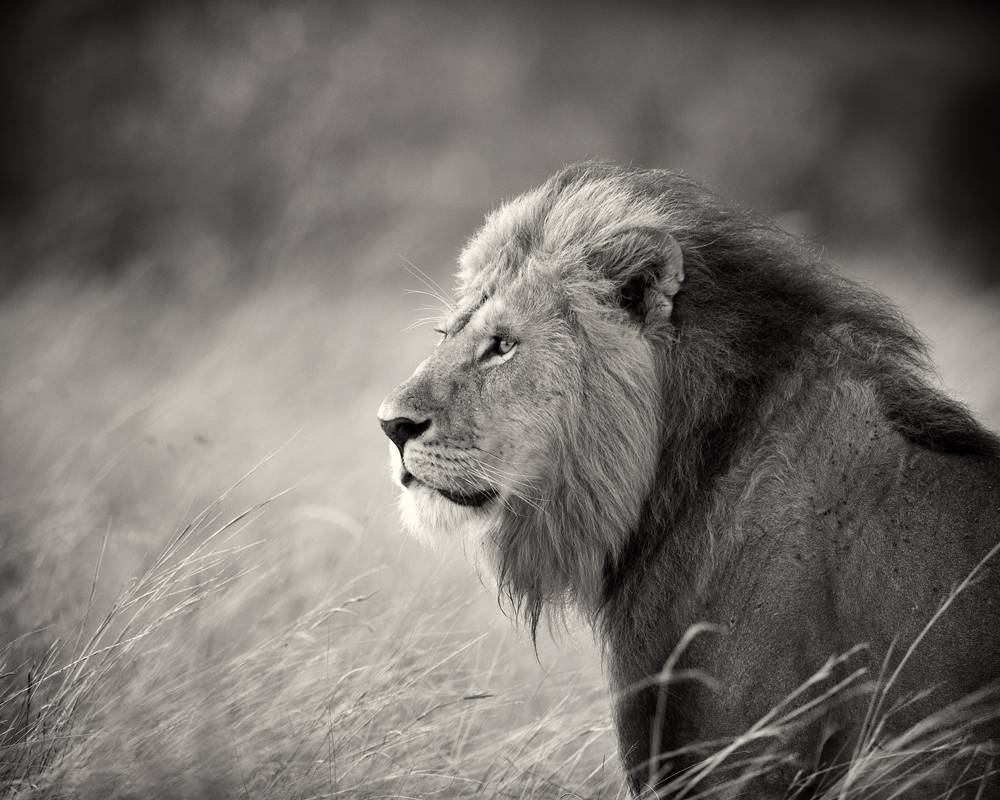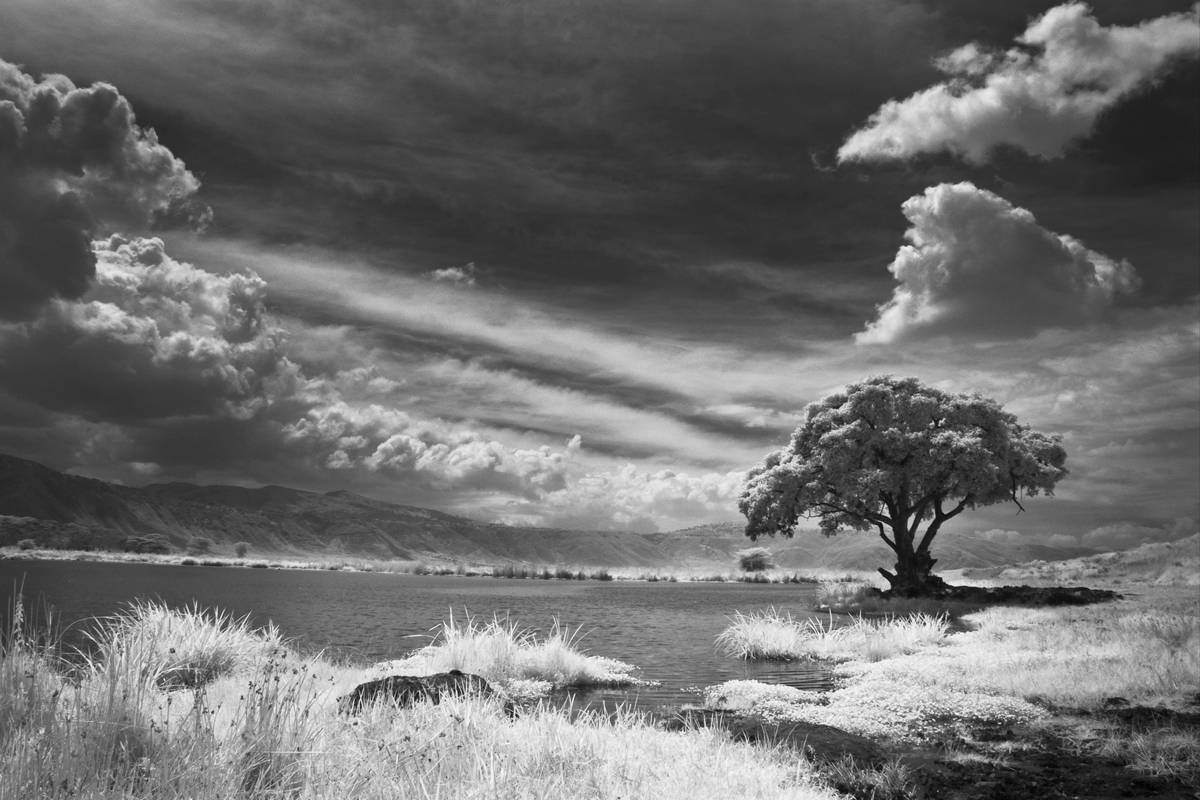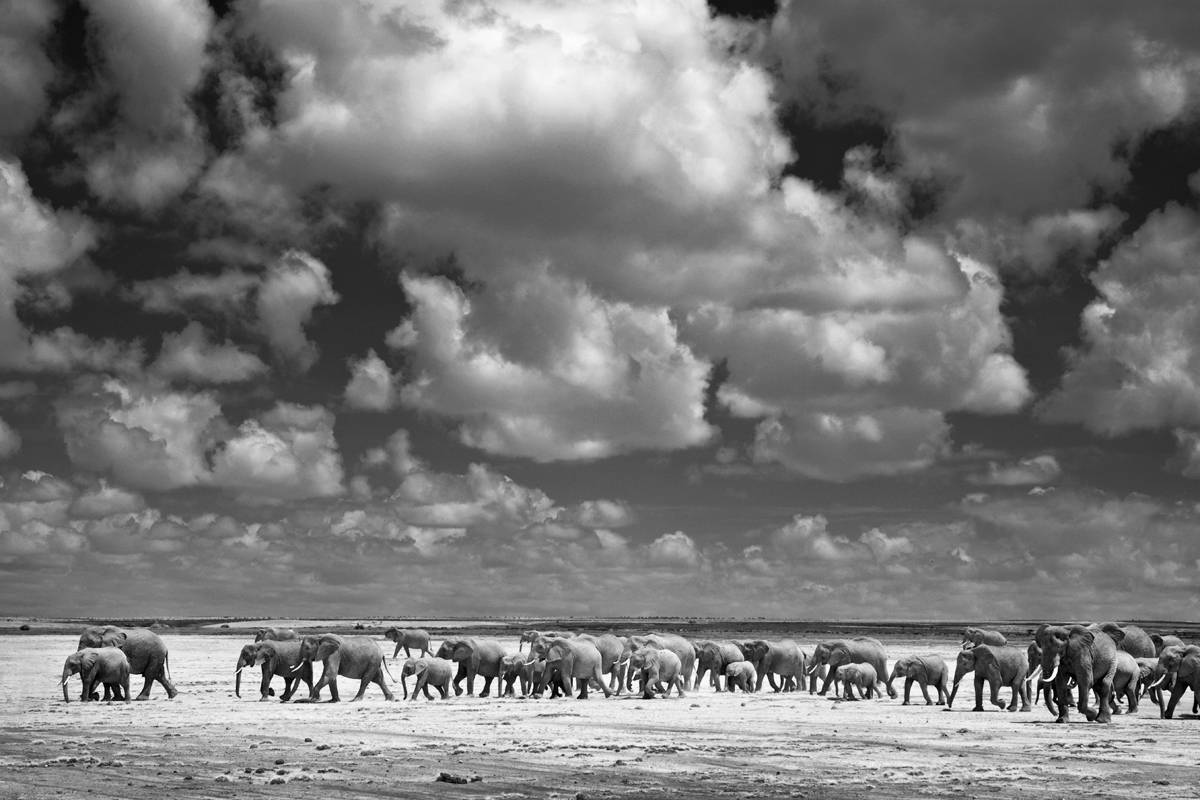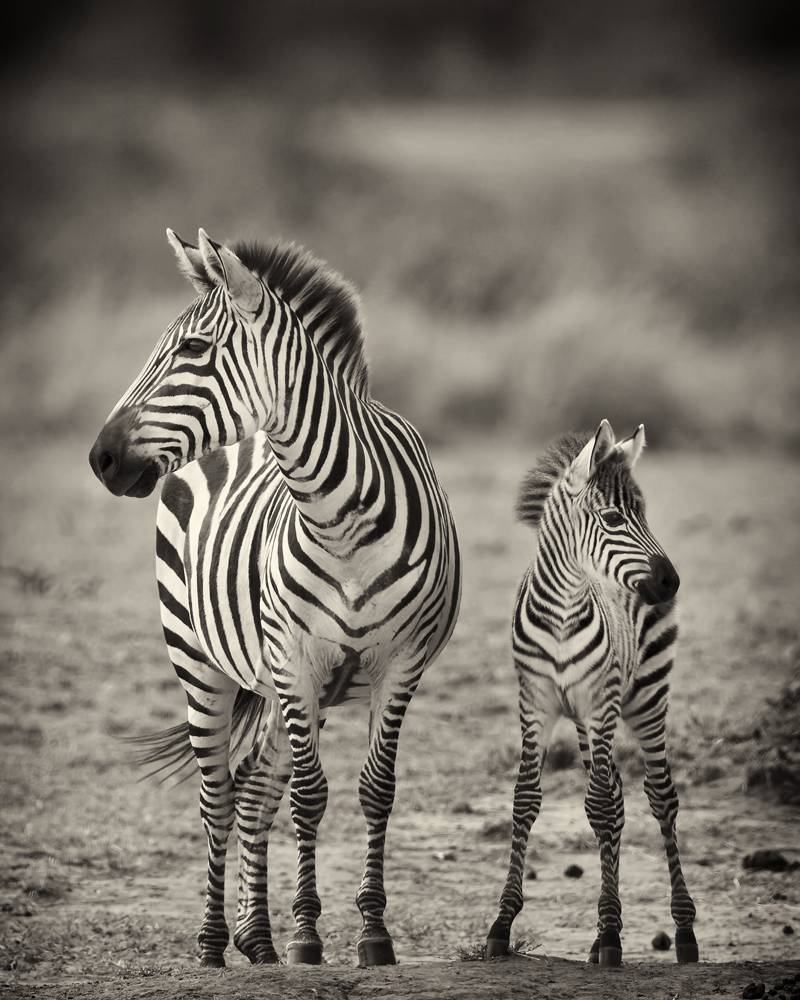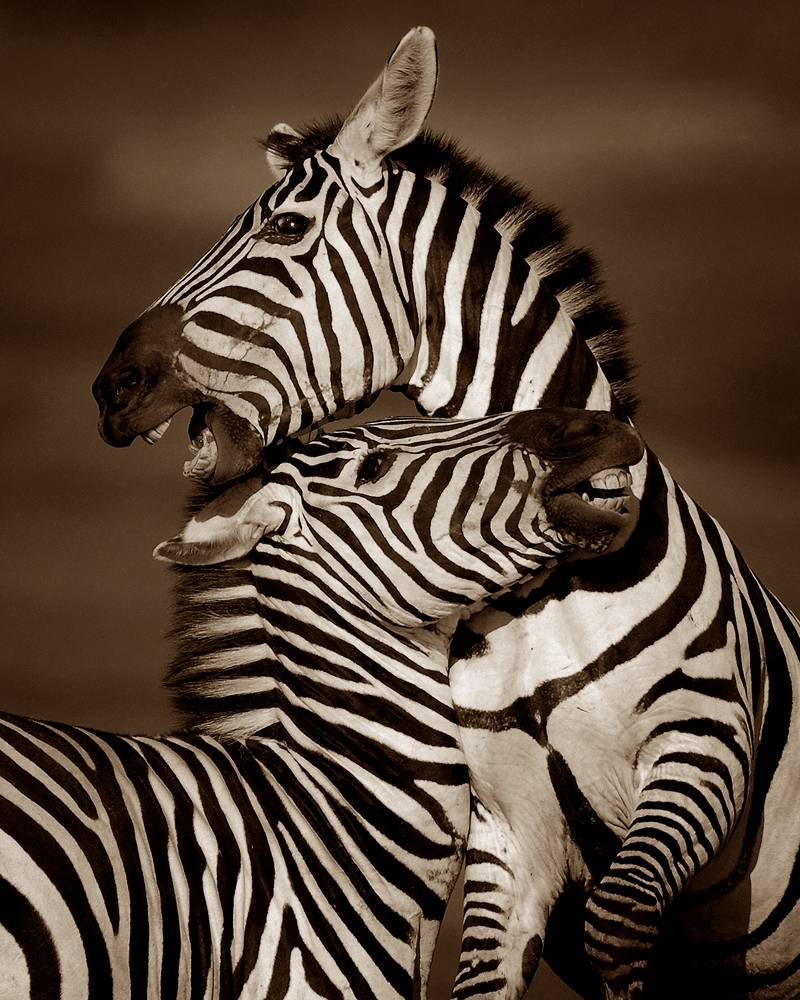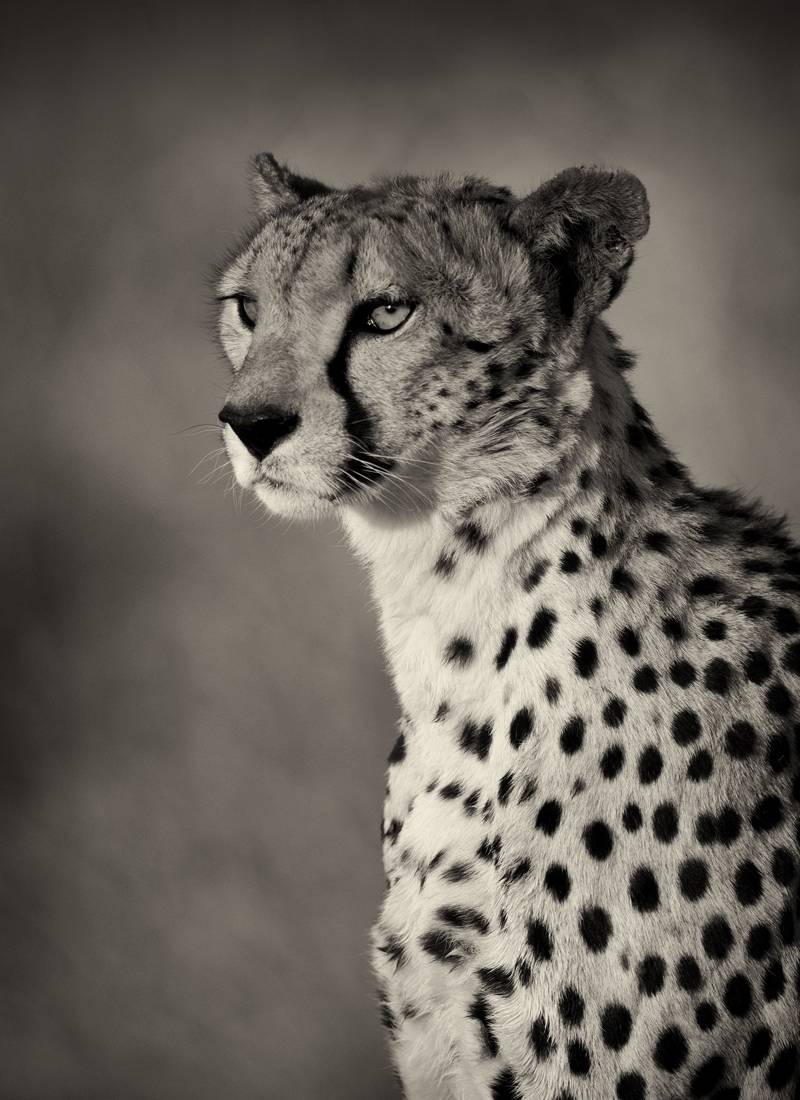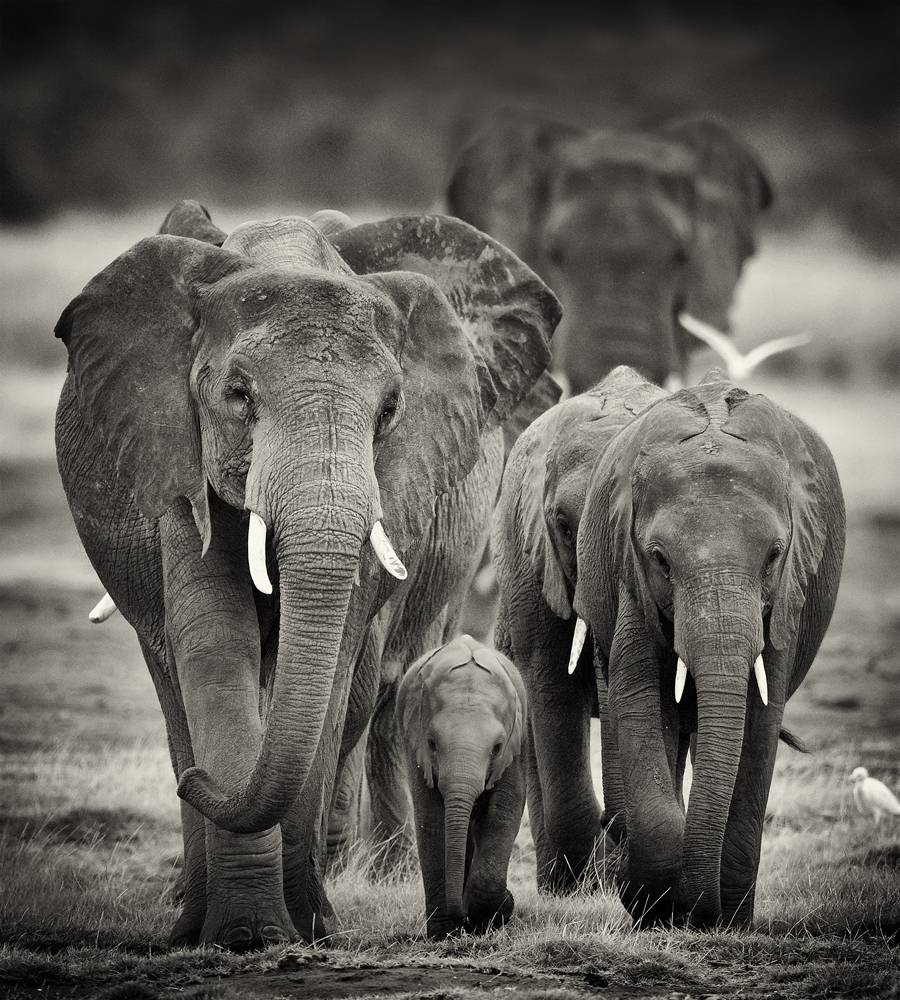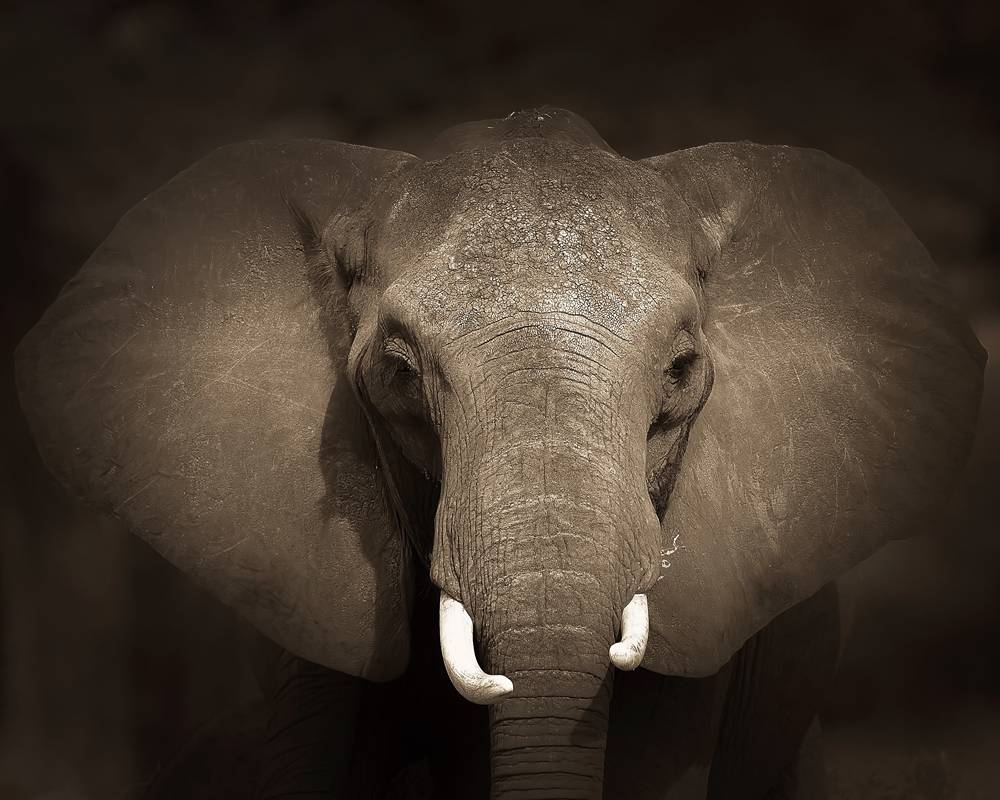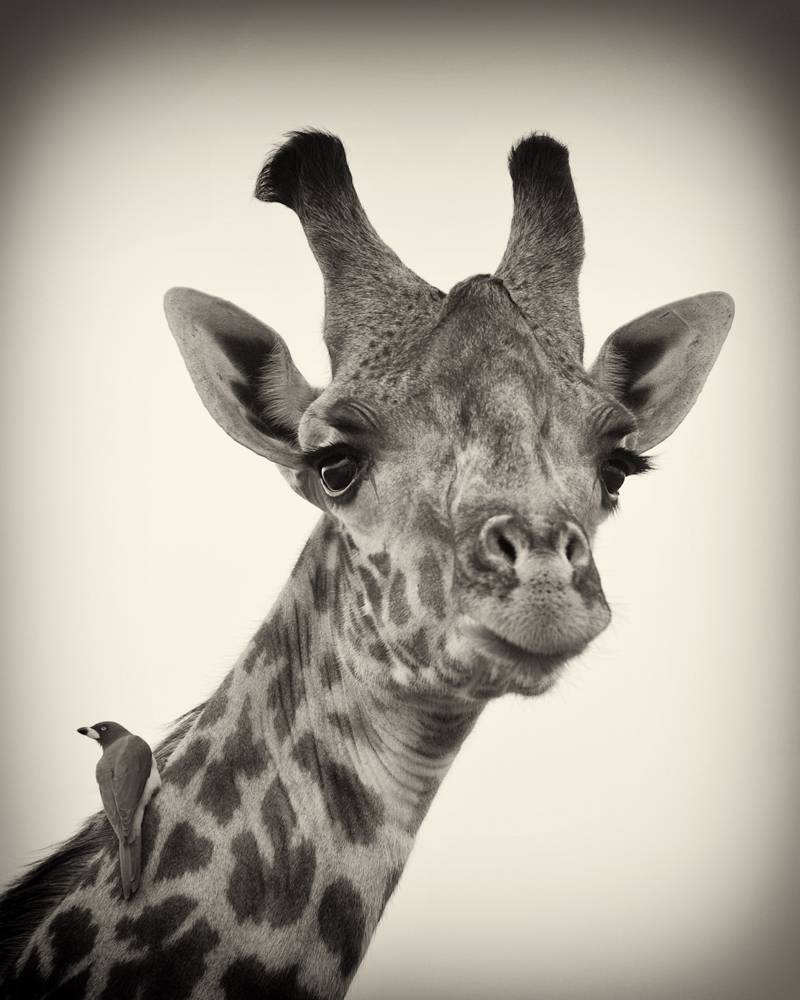The Very Best of African Wildlife Photography by Billy Dodson
Billy Dodson is a professional landscape and wildlife photographer based in Williamsburg, Virginia. The expert in African wildlife and nature conservation firstly became interested in photography ten years ago, during a trip to Tanzania. Billy's masterpieces have been published in Outdoor Photographer, Nature’s Best Photography, Asian Photography and Virginia Wildlife magazines, and in posters and calendars around the world. Below you will find a fantastic interview and a great story from the artist among some fantastic pictures that represent the African Wildlife.
Tell us about something about Billy Dodson Photography?
It all started when I visited East Africa for the first time back in 2001. The purpose of the trip was to climb Kilimanjaro, and since I assumed this would be a once in a lifetime expedition, I programmed in ten extra days to see the wildlife in the Serengeti and Ngorongoro Crater. So I bought my first camera for that trip, which was a Canon Rebel G with a 70-300mm lens. The mountain climb was exhilarating, but the time spent with the animals was the most fascinating part of the trip. I became obsessive about returning to Tanzania but I knew I couldn't afford to go back as often as I'd like unless I could somehow make the trips pay for themselves. Photography was the only way I could see to do it. I’d had fun with the Rebel G so I practiced with it and learned as much as I could on my own. I bought my first digital camera in 2005 (Nikon D70), along with a used 500mm Sigma lens and an airline ticket to Africa. The photos I captured from that initial photo trip continue to sell, and I've since returned many times … and the business is entirely self-sustaining at this point. I shoot and sell African wildlife and landscapes exclusively now. I've upgraded my equipment … I own several Nikon digital camera bodies and lenses, including a 600mm/F4 and 200-400/F4. In addition to selling prints, I've started leading photo tours, which is really fun. The enthusiasm of my clients motivates me … it’s like being a first time traveler myself. I hope to do this for many more years … and I’m developing plans for at least two photo books in the not too distant future.
What’s your creative process like?
It begins with many hours in the field. I'm usually out at first light and stay busy until dark, just trying to capture interesting animal behavior or some emotion that we humans can relate to or sympathize with. I also try to capture the animals within the context of their environments … I think it’s important to give the viewer a sense of place if at all possible. I'm a high volume guy … so a three week trip usually nets me about 30,000 images. Most of those are initially captured in color as RAW files, but I’m doing more infrared shooting these days when the sky and lighting conditions are favorable.
I usually wind up spending many weeks processing them after I return home. I do an initial triage, and segregate the images that are worth a second look. From those files I select the very best ones for printing and publication. I usually adjust color and contrast in the image and then save it as a TIFF. If I think it can be improved via black and white conversion, I run it through NIK Silver Efex software. And by the way, I also process my infrared images in Silver Efex. It really is awesome software.
Once I’m happy with the photo, I load it onto my website and offer it for sale. And I’m doing more and more printing on canvas these days. My printer, Simply Canvas (headquartered here in the US in the state of Ohio), is absolutely incomparable. The quality of their workmanship is consistently stunning. I display my work on canvas at art shows and in galleries throughout the US, and I think my printer has been integral to my success.
Where do you find inspiration and why you like photography?
I find my inspiration on the African continent. Just being there is an emotional experience for me and I try as hard as I can to do justice to the wonderful things I see. I love photography because it gives me the opportunity to record the most fascinating place on earth, and it forces me to search continuously for beauty and wonder in the world. Now, most importantly, photography is the mechanism that best enables me to support wildlife conservation. I donate my photos to organizations that I know will use them to support this critically important cause – the Giraffe Conservation Foundation, the African Wildlife Foundation and the Nature Conservancy.
What are some tips you could give to people that really like your work?
Two big ones … (1) If you photograph what you love, you will be constantly inspired and your work will reflect that, and (2) Stay smart on software applications and be open minded about the possibilities they offer. Photography is an art form to be sure, and it can be elevated significantly with the right tools and creative approach.
Can you name some photographers that inspires you with their works and why?
There are almost too many to list, but here are a few. Nick Brandt’s work is unique and beautiful. I think he’s elevated wildlife art to a new level. I also admire Steve Bloom … I particularly love the way he captures motion and conflict. Frans Lanting has been a hero for years. I so respect the way he endures whatever hardship is necessary to photograph his subjects. And I also deeply admire Marina Cano … her wildlife work is exceptional, but she does everything well, from landscapes to post processing.
Can you share some details about the African safaris and other photo tours that your organize?
For now, my tours are conducted exclusively in Kenya and Tanzania, but that may change eventually. We are in the field early in the morning and until the light is gone or park regulations say we must stop, whichever comes first. We usually take a mid day break to eat lunch, download images and charge batteries.
The best thing about my tours is the “no more than two shooters per vehicle” feature. With a big equipment load, like many of my travelers have, there’s just not enough room to work and photograph with three per car. In the evenings we discuss techniques and review or day’s photos before dinner. Then we do it all again the next day. It’s very much a working trip. I want my clients to return home in a state of photographic exhaustion.
***
Thank you Mr. Billy Dodson for the privilege to have your expressive wildlife images among an fascinating interview on Photography Office. Your true story that transformed a hobby into a full time passion it's absolutely amazing. Keep us updated with your latest projects and good luck with the safaris. Hope that we will be able to join soon. :)

